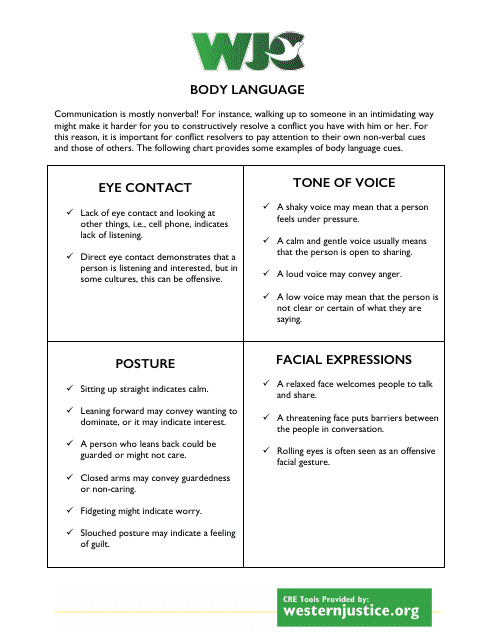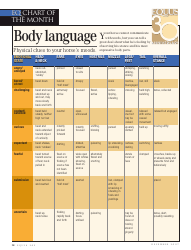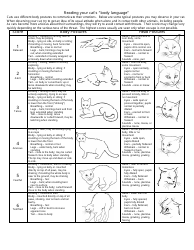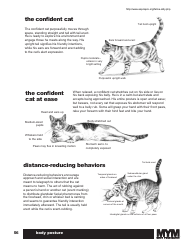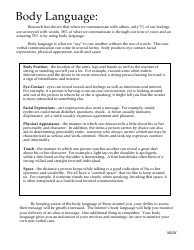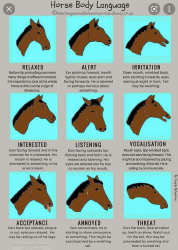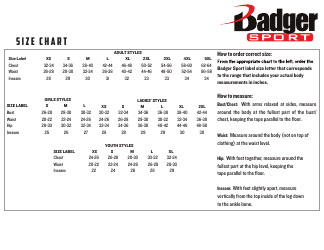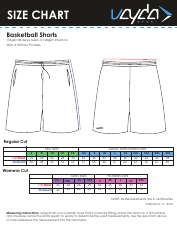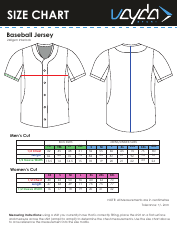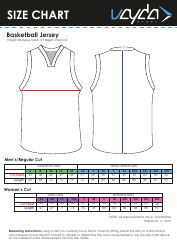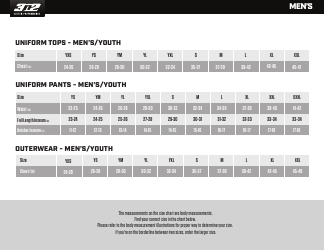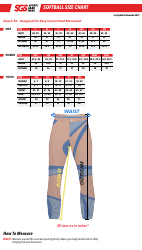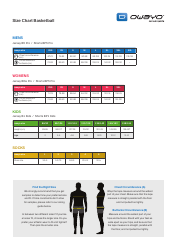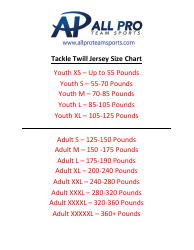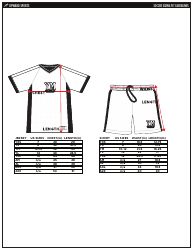Body Language Chart - Wjc
FAQ
Q: What is a body language chart?
A: A body language chart shows different nonverbal cues and gestures and what they typically mean.
Q: Why is body language important?
A: Body language is important because it can reveal someone's true emotions and intentions, even when they are not speaking.
Q: What are some examples of positive body language?
A: Examples of positive body language include open posture, maintaining eye contact, and smiling.
Q: What are some examples of negative body language?
A: Examples of negative body language include crossed arms, avoiding eye contact, and frowning.
Q: How can I interpret someone's body language?
A: You can interpret someone's body language by looking at their facial expressions, gestures, and postures, and considering the context in which they are occurring.
Q: Can body language vary across cultures?
A: Yes, body language can vary across cultures, so it's important to be aware of cultural differences when interpreting body language.
Q: Can I improve my own body language?
A: Yes, you can improve your own body language by practicing good posture, maintaining eye contact, and being aware of your facial expressions and gestures.
Q: Can body language be misleading?
A: Yes, body language can sometimes be misleading, as people may intentionally or unintentionally display behaviors that do not accurately reflect their true emotions or intentions.
Q: Is it possible to learn to read body language effectively?
A: Yes, with practice and observation, it is possible to learn to read body language effectively and gain insight into others' thoughts and feelings.
Q: What are some common misconceptions about body language?
A: Some common misconceptions about body language include assuming that certain gestures or postures always have the same meaning, regardless of context, and believing that body language is always a reliable indicator of someone's true emotions or intentions.
